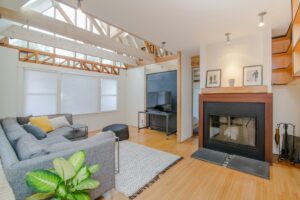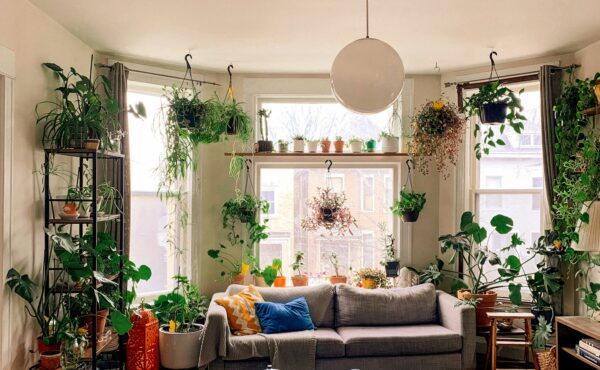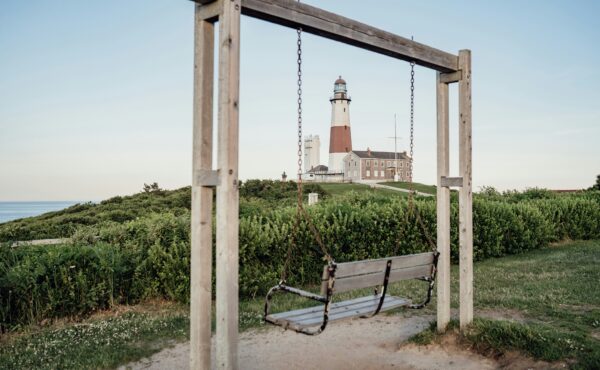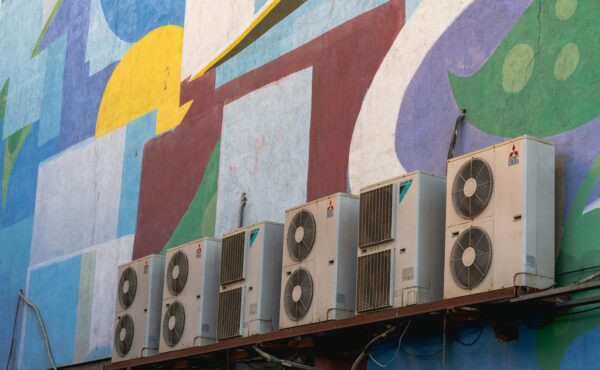HVAC Tips & Tricks to Lower Your Energy Bills on Long Island
Long Island is known for its diverse climate—hot summers, cold winters, and everything in between. For homeowners, managing energy costs throughout the year can be a challenge. However, with a few smart adjustments to your HVAC system and home, you can significantly lower your energy bills without sacrificing comfort. Let’s dive into some effective HVAC tips and tricks tailored to Long Island’s climate that will help you stay comfortable while saving money on energy.
1. Optimize Your HVAC Settings for Maximum Efficiency
One of the simplest ways to save energy is by adjusting your HVAC settings to better align with Long Island’s fluctuating weather patterns.
-
In Summer: Set your thermostat to 78°F when you’re home and 85°F when you’re away. For many, 78°F is a comfortable temperature, and it’s an energy-efficient setting during the hot months.
-
In Winter: Set your thermostat to 68°F during the day and lower it to 60-62°F at night while you sleep. By reducing the temperature when you don’t need as much heat, you’ll save a significant amount of energy.
-
Use the “Auto” Setting: Instead of running your HVAC system on the “On” setting, which keeps the fan running constantly, use the “Auto” setting. This ensures the fan only runs when the system is actively heating or cooling, reducing energy consumption.
2. Invest in a Programmable Thermostat
Long Island’s unpredictable weather means you need flexibility in your HVAC settings. A programmable thermostat is a game-changer, allowing you to automate your heating and cooling schedules.
-
Energy-saving programming: Program your thermostat to raise or lower the temperature based on your schedule. For instance, you can have the temperature drop when you’re away at work during the day and automatically rise just before you come home.
-
Smart thermostats like Nest or Ecobee offer even more advanced features. They learn your preferences and adjust the temperature based on your habits, helping to reduce energy use without sacrificing comfort.
By upgrading to a programmable or smart thermostat, you can fine-tune your HVAC system for optimal efficiency year-round.
3. Seal Air Leaks Around Your Home
In Long Island’s coastal climate, drafts and air leaks can quickly drive up your energy costs, whether it’s heat escaping through poorly sealed windows in winter or cool air escaping in summer. Sealing these leaks is one of the most cost-effective ways to improve your home’s energy efficiency.
-
Inspect windows and doors: Check for gaps or cracks around windows and doors where warm or cool air may be escaping. Use weatherstripping or caulking to seal these leaks.
-
Seal ducts: Leaky ducts can account for a large percentage of energy loss in your HVAC system. If you’re experiencing uneven temperatures or high energy bills, it’s worth having a professional inspect and seal any leaks in your ducts.
-
Insulate your attic and walls: Insulation helps maintain your home’s temperature and reduces the strain on your HVAC system. Ensure your attic is properly insulated to keep cool air inside during the summer and warm air inside during the winter.
4. Maintain Your HVAC System Regularly
Long Island’s extreme weather can take a toll on your HVAC system. Keeping your HVAC system in top shape can prevent energy waste and extend the life of your unit.
-
Replace filters regularly: Clogged filters restrict airflow and force your HVAC system to work harder. Replace filters every 1-3 months, especially during peak heating and cooling seasons, to keep the system running efficiently.
-
Schedule annual maintenance: Have a professional technician inspect and tune up your system each year, ideally in the spring for cooling and in the fall for heating. Regular maintenance helps catch minor issues before they become major problems, ensuring your system is running as efficiently as possible.
5. Upgrade to an Energy-Efficient HVAC System
If your HVAC system is outdated and showing signs of wear, it may be time to consider an upgrade. Energy-efficient systems use less energy to achieve the same level of comfort, which can result in substantial savings on your utility bills.
-
Look for ENERGY STAR-rated systems: When upgrading, choose HVAC units with the ENERGY STAR label. These systems meet strict energy efficiency guidelines and use less electricity, which will lower your monthly energy costs.
-
Consider a high-efficiency heat pump: A heat pump can both heat and cool your home and is often more efficient than traditional systems, especially in milder climates. Long Island’s moderate winter temperatures make heat pumps a smart investment.
6. Use Ceiling Fans for Better Air Circulation
Ceiling fans are a simple, cost-effective way to enhance the performance of your HVAC system, especially in the summer. When used in combination with your air conditioning, ceiling fans help circulate cool air more efficiently, making it feel cooler without lowering the thermostat.
-
In the summer: Set the fan to rotate counterclockwise to push cool air down into the room.
-
In the winter: Reverse the fan’s direction to clockwise so that it circulates warm air that gathers near the ceiling back down into the room.
7. Take Advantage of Long Island’s Mild Days
Long Island experiences a range of mild days throughout the year, and you can save money by using natural ventilation when the weather permits. On pleasant spring and fall days, open your windows to let fresh air in and reduce reliance on your HVAC system.
-
Cross-ventilation: Open windows on opposite sides of the house to create a cross-breeze, which will naturally cool your home without using the air conditioner.
8. Consider Zoned Heating and Cooling
If your Long Island home has multiple levels or rooms that are used at different times, a zoned HVAC system could help you save energy. With a zoning system, you can heat or cool specific areas of your home according to need, rather than conditioning the entire space.
-
Customize temperature zones: For example, you may only need to heat or cool the living room and bedrooms during certain hours, rather than the entire house. Zoned systems can help you avoid wasting energy on unused spaces.
In Conclusion
Long Island’s diverse climate presents unique challenges when it comes to managing energy bills, but with the right strategies, you can maximize your HVAC system’s efficiency while keeping your home comfortable. From optimizing thermostat settings to sealing air leaks and investing in energy-efficient systems, these tips will help you lower your energy consumption and save money in the long run. With just a few adjustments, you’ll be able to enjoy a cozy home without the sky-high energy bills.







